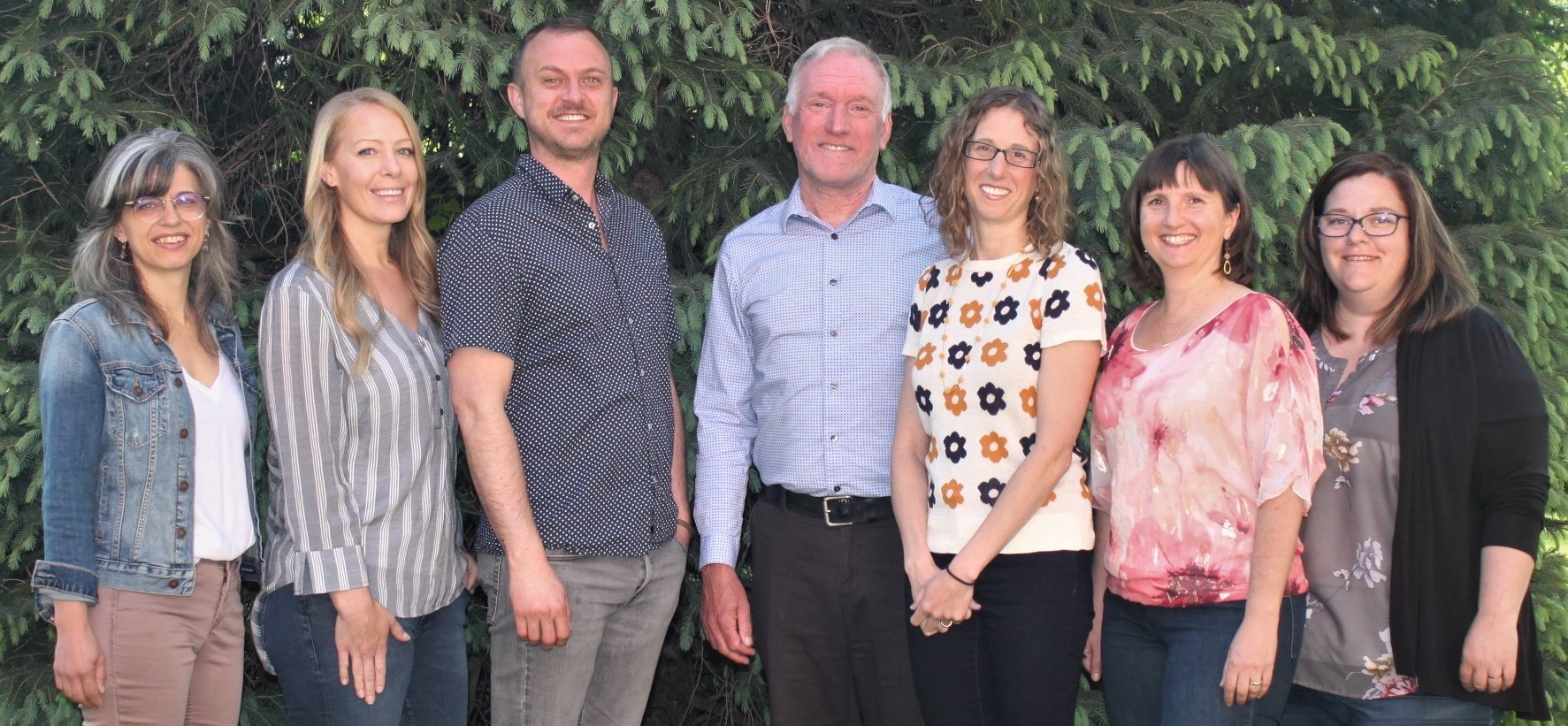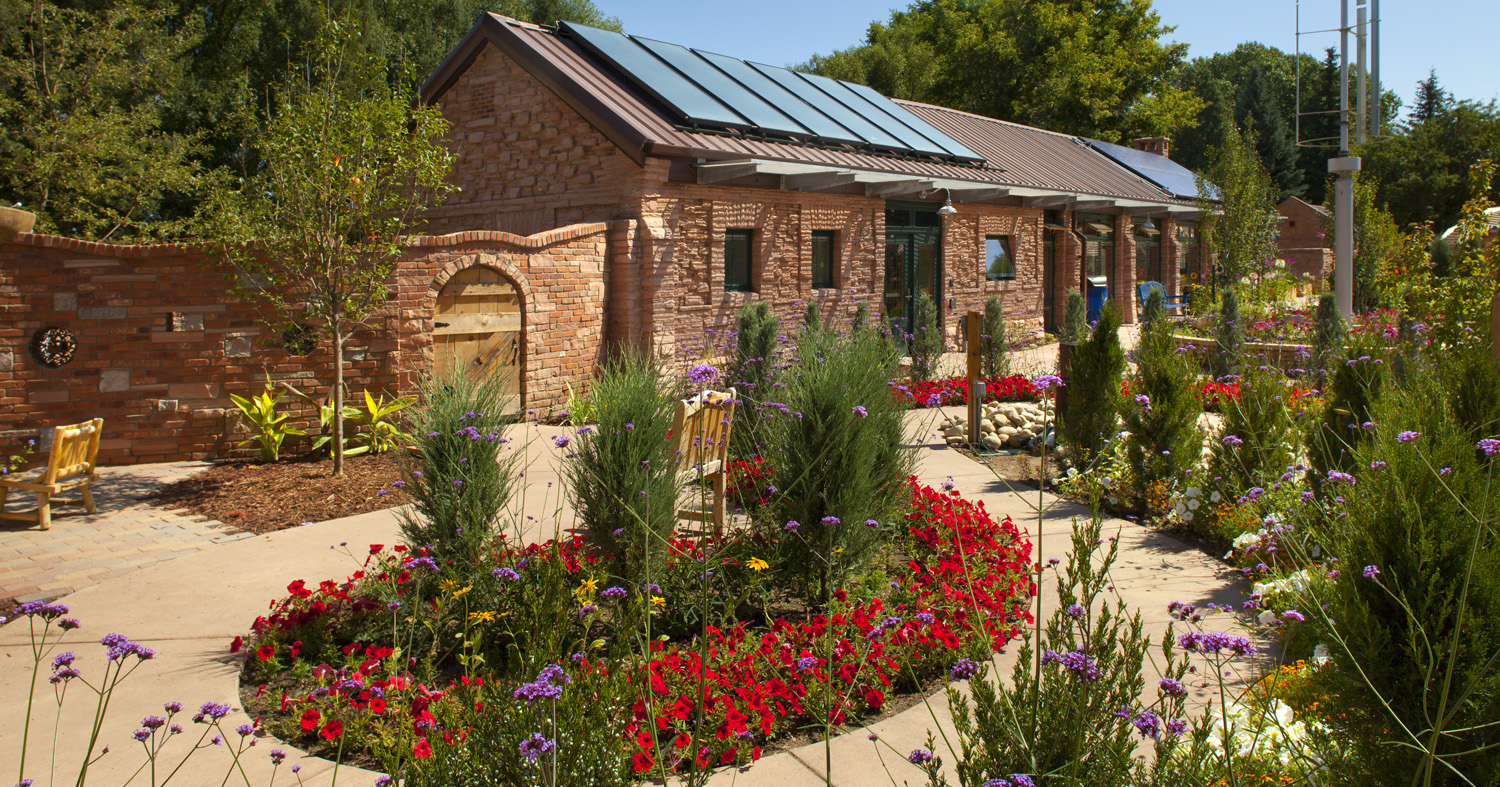From left, the IBE team includes Josie Plaut, Tamara Martin, Colin Day, Brian Dunbar, Jen Schill, Jennifer Cross and Elicia Ratajczyk.
When the founding executive director of the Institute for the Built Environment at Colorado State University looks back on how the organization was created 25 years ago, two things come to mind: a former dean and Zima.
Yes, that clear, carbonated, malt beverage popular in the 1990s.
As Brian Dunbar recalls, it was former College of Health and Human Sciences Dean Nancy Hartley who challenged faculty to brainstorm new interdisciplinary collaborations during a retreat at the CSU Mountain Campus in the early ’90s. And he says the Zima that someone brought seemed to loosen things up and help faculty think differently about silos in the design and construction process: roles like architect, interior designer, builder and landscape architect.
“Instead of the designer blaming the builder, and vice versa, we discussed how the built environment would be better if we all worked together as a team,” says Dunbar, who was teaching interior design at the time. “We all said, ‘What if we got past our petty differences?’ That’s still the central theme of IBE. Our first slogan was ‘Partnering for a Sustainable Future.’ And not a lot of people were using the word ‘sustainability’ back in 1993.”
25th anniversary
The Institute for the Built Environment celebrated its 25th anniversary on June 6 at the new Nancy Richardson Design Center on campus. There, one of its two “Changemaker” awards went to Hartley, who helped cobble together funding from various university sources to support IBE’s first two years.
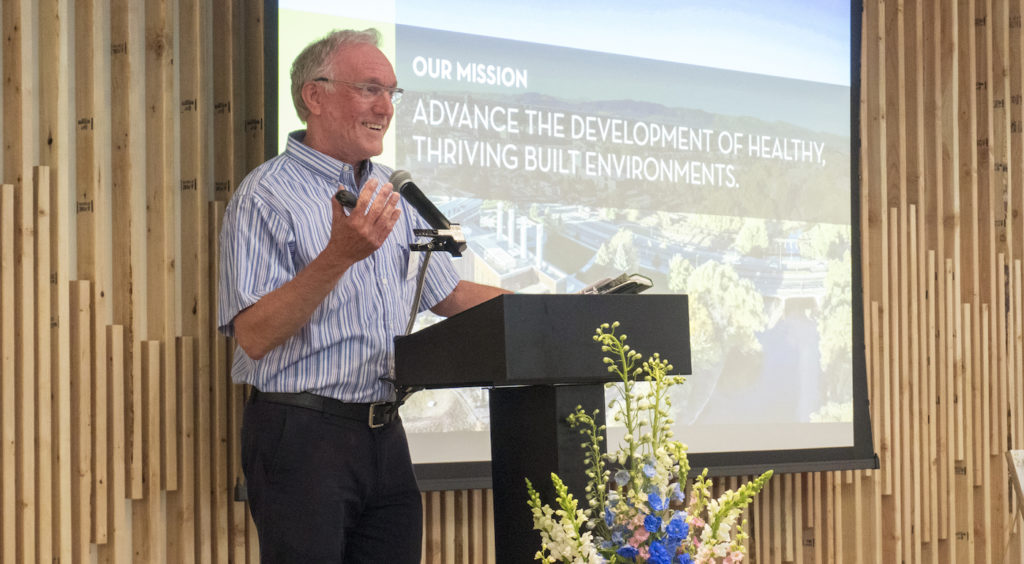
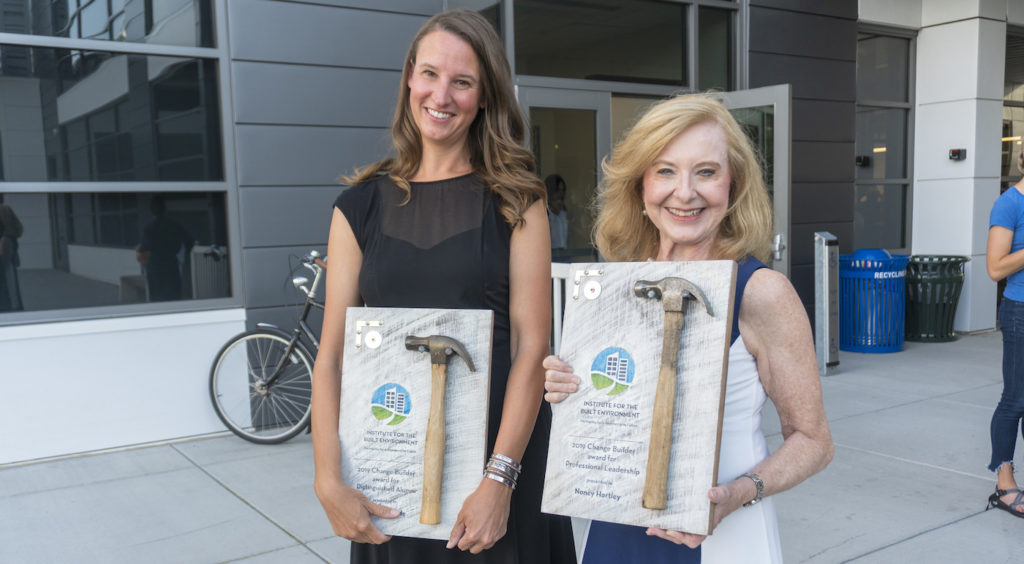
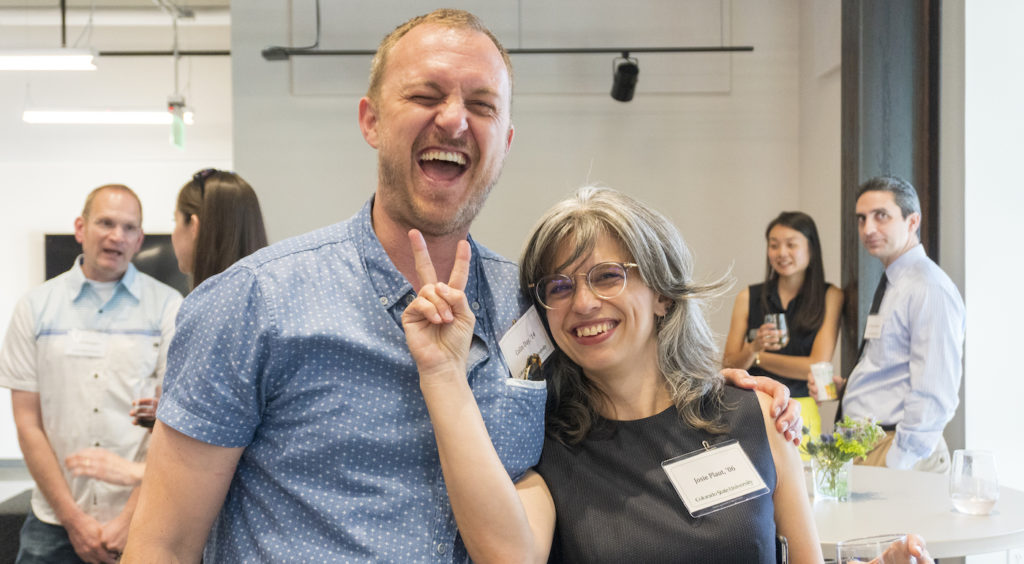
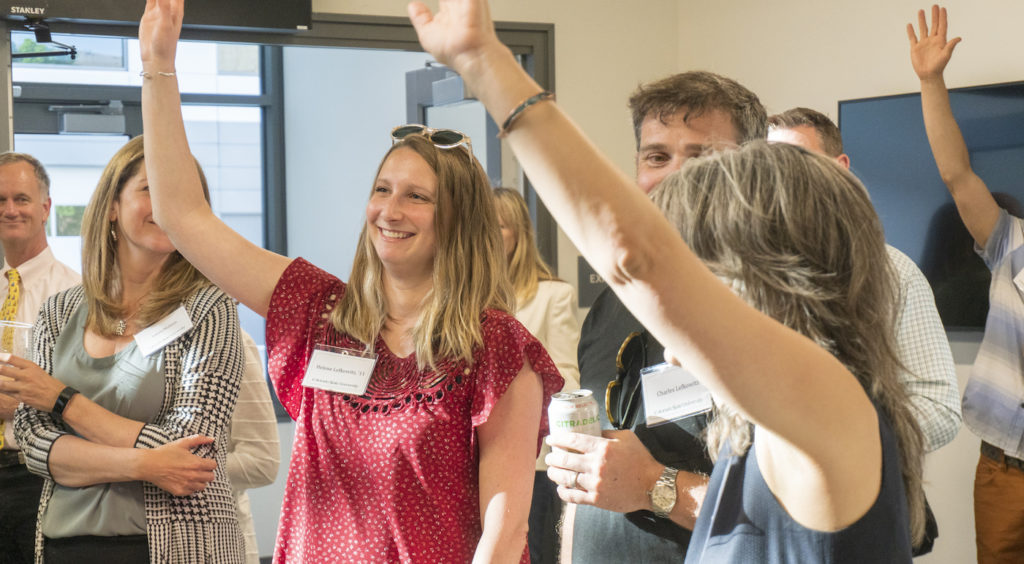


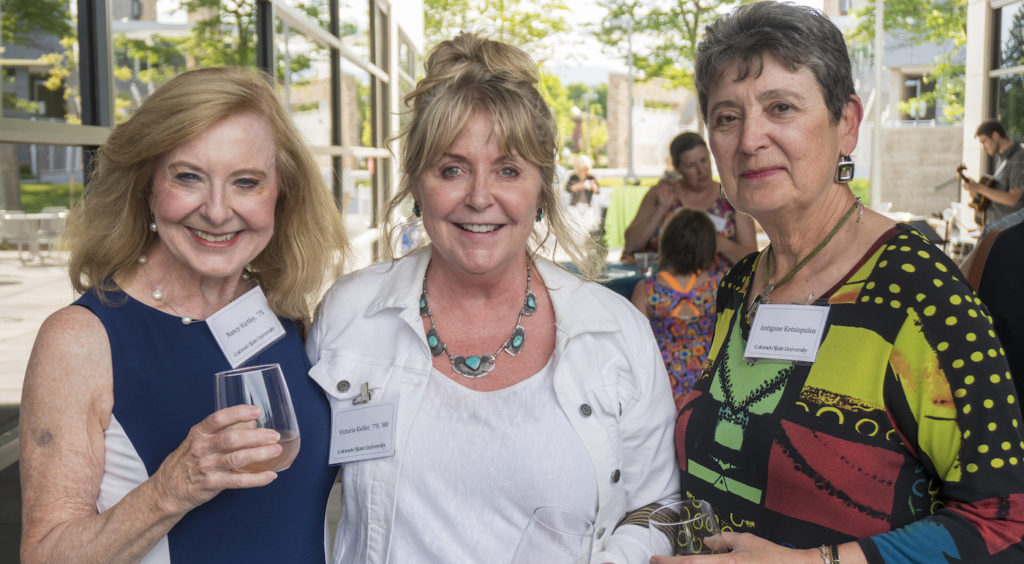
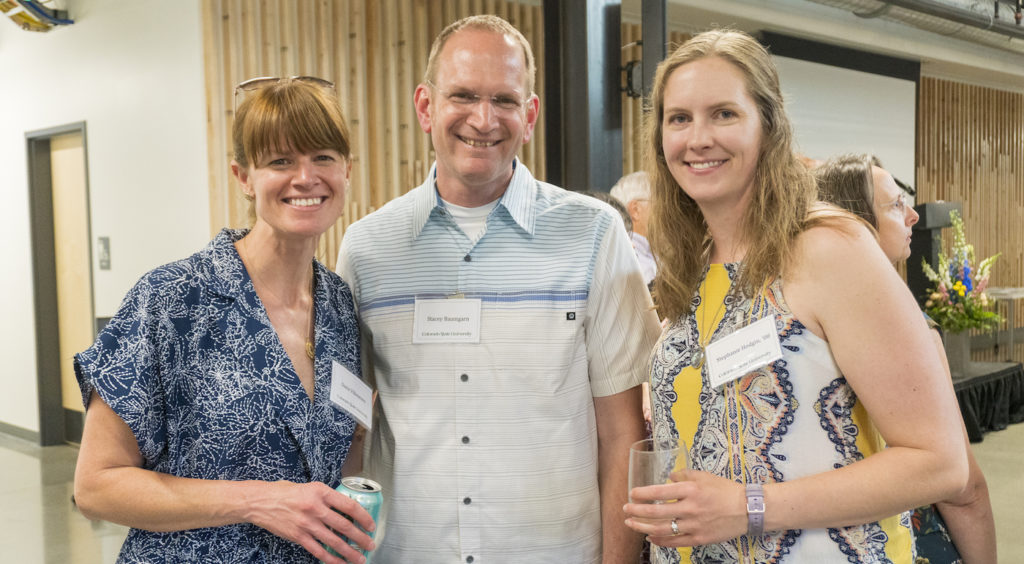
IBE was envisioned as a place where faculty in fields like construction management, landscape architecture and interior design could collaborate. Since then, it’s grown into a globally recognized organization that uses multidisciplinary teams of faculty, students and industry professionals to provide services that simplify and amplify sustainability efforts. It has been named one of CSU’s Programs of Research and Scholarly Excellence, and is now turning its focus to “regeneration” — building facilities that actually have positive environmental effects instead of just being neutral.
“It’s way bigger than what I thought it would be,” Dunbar says of the institute. “Now we’ve had well over 100 interns who have gained hands-on experience and gone on to do great things.”
In fact, when Dunbar looks back on the IBE’s two and a half decades, it’s the interns who stand out.
“I’m a teacher at heart, and I’m just so proud when I think about all of the students who got their start here,” says the professor emeritus. “We’ve had an intern from every college in the University. Often firms will ask us which of our interns are graduating, because they know they’ve had this great experience.”
Former interns
His long list of IBE interns who have gone on to successful careers includes Annie Lilyblade of Salt Design in Fort Collins. She won the institute’s other “Changemaker” award on June 6 and played a key role in designing the Nancy Richardson Design Center.
Lilyblade also helped secure Leadership in Energy and Environmental Design (LEED) certification for remodeled classrooms in the Guggenheim Building when she was an intern around a dozen years ago.
“She was a great student,” Dunbar recalls. “I don’t think we’ve ever had anyone as meticulous and thoughtful. She sees things that others don’t see; she’s brilliant.”

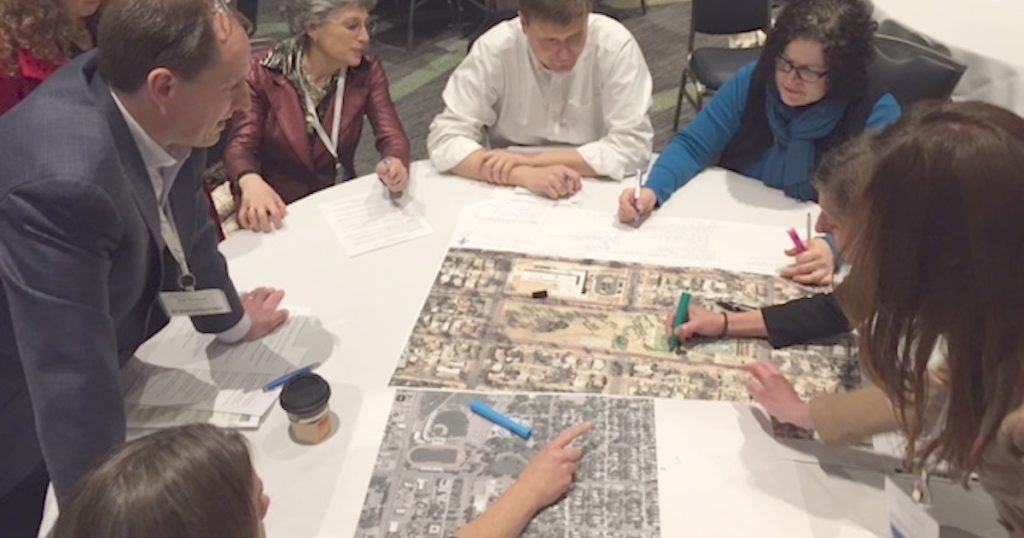




There’s also Stephanie Hodgin, a former intern who created a guiding framework called “LENSES” for her master’s thesis 11 years ago. LENSES pushes design/construction teams to consider ways they can make their developments not just sustainable but regenerative. The idea is that instead of simply avoiding negative impacts by keeping their projects neutral, design and building professionals can create net positive effects environmentally, socially and economically. LENSES was featured in the acclaimed book Designing for Hope: Pathways to Regenerative Sustainability by Dominique Hes and Chrisna du Plessis.
“We are teaching LENSES around the world now,” Dunbar says. “There are projects in Australia, Africa, Boston, Austin and Denver that are using it.”
Other former interns include Katherine (Pettit) Wagenschutz, director of technical solutions for the U.S. Green Building Council, and John Mlade – “a nationally recognized leader in sustainable design,” according to Dunbar – who is spearheading efforts to establish standards and goals for green building projects around the world. IBE Associate Director Josie Plaut and IBE Project Manager Colin Day are also former interns.
Fundraising priorities
“We’ve always incorporated students into our teams,” Dunbar says, adding that the internship program is one of two fundraising priorities for the institute right now. “We want our interns to be able to go to conferences with us, do extensive research on IBE projects, and brainstorm creative solutions. And we believe in paying them for their time.”
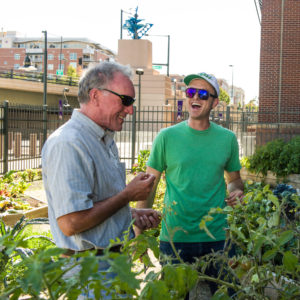
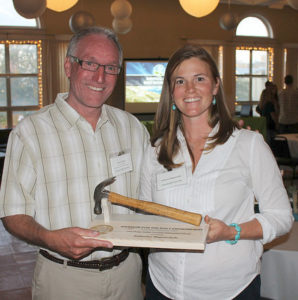
The other current fundraising priority is IBE’s effort around “community vitality,” or looking at development projects not just individually, but collectively, from a broader perspective.
“We’re not just about buildings now, we’re about neighborhoods and cities,” Dunbar says. Small communities throughout Colorado’s might be able to use the institute when master planning for revitalizing their downtowns, for instance. More financial support is needed for matching funds to help communities cover the cost of such projects.
IBE’s list of accomplishments is long as well, and Dunbar says one of its best projects was among its first: a sustainability training program for the Poudre School District, now recognized as one of the most “green” school districts in the country. In more recent years, the institute has been involved in creating one of the nation’s first LEED-certified high schools (Fossil Ridge in Fort Collins); diverting waste from the Foothills Mall redevelopment; planning for the future of the Mason Street corridor; and helping the city of Fort Collins secure the state’s first LEED v4 Platinum certification, for its Utilities Administration Building. In addition, IBE Director of Research Jennifer Cross has been leading an assessment of green schools’ impact on student health and performance for the past four years, thanks to a $1 million grant from the U.S. Environmental Protection Agency.
“We’ve helped CSU and the city be more sustainable, but we want to do more,” he says. “Most people in northern Colorado don’t know they have an internationally known institute here.”
The IBE helped secure LEED Platinum certification for the Paul Smith Children’s Village at the Cheyenne Botanic Gardens in Wyoming.
Outside Fort Collins
Other highlights for Dunbar over the years include a healthy and safe transportation options project for the city of Pierre, South Dakota; his students’ planning efforts toward converting an abandoned hospital into a town hall for Monte Vista, Colorado; and the LEED-certified Paul Smith Children’s Village at the Cheyenne Botanic Gardens in Wyoming, which features demonstrations of solar and wind energy, a doghouse with a “green” roof and an activity in which kids work together to pull water from a pond.
After all, for IBE, everything is a team effort.
“Just like Nancy Hartley said, if you’re open to the interdisciplinary team approach, you learn so much about the impact you can make, just by planting a seed and watching it spread,” Dunbar says.
And having some Zima on hand to get people out of their silos doesn’t hurt either.
Donations to IBE strategic initiatives or the Brian Dunbar Future Leaders for Built Environments Fund may be made online. The institute is part of CSU’s College of Health and Human Sciences.
